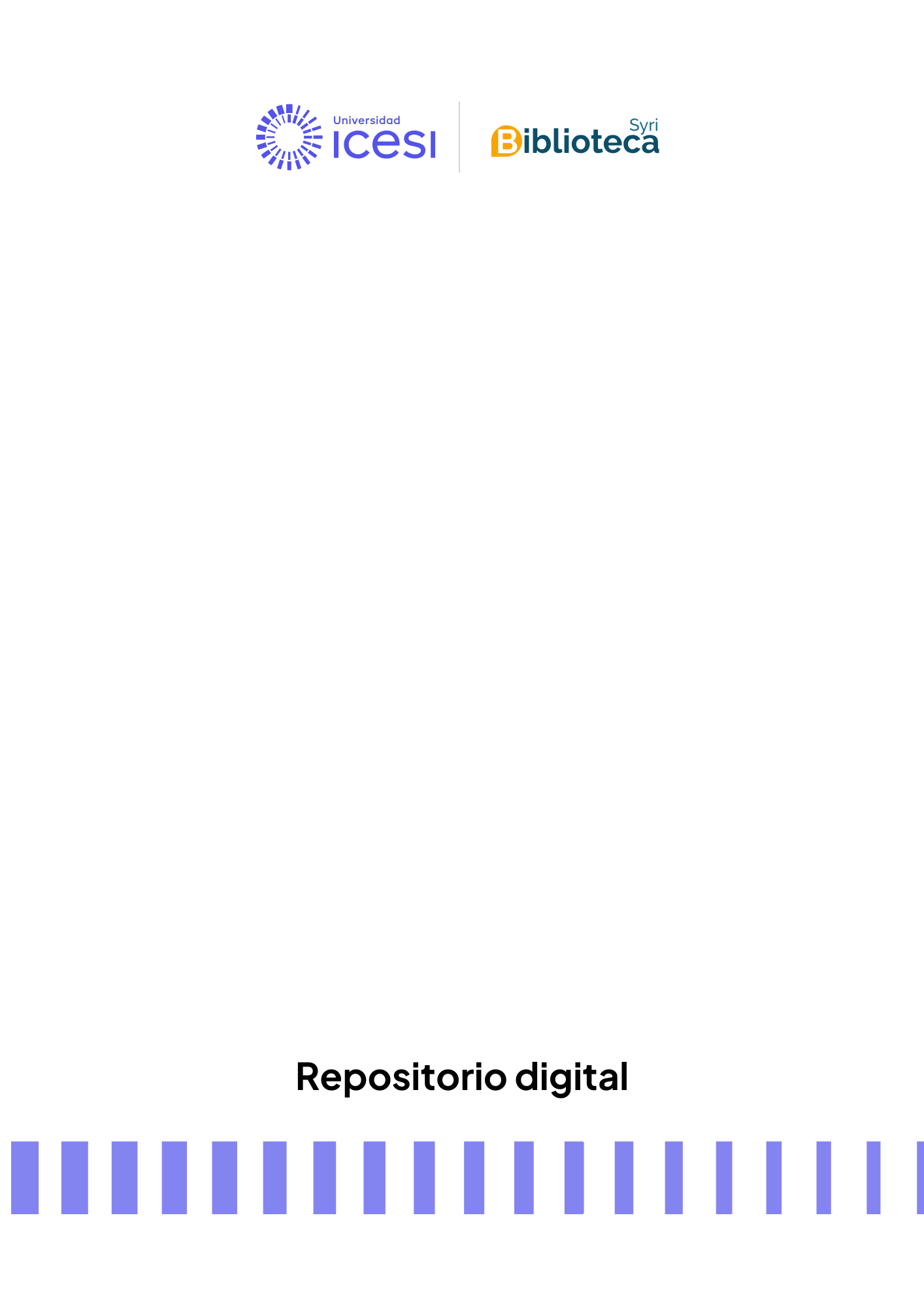Implementation of an OBD-II diagnostics tool over CAN-BUS with Arduino

Archivos
Fecha
Autores
Director de tesis/Asesor
Título de la revista
ISSN de la revista
Título del volumen
Publicador
Editor
Compartir
Resumen
From its origin, the main objective of the OBD [On Board Diagnostics] standard has been the control of
the gases emitted by the vehicles and its corresponding effects in the environment. This project implements a system based
on the OBD-II protocol over a CAN [Controller Area Network] bus, which allows the visualization of variables in real-time
and the performing of a diagnosis of the vehicle state showing the operating, failure, and energy consumption codes. The
on board diagnosis systems allow to retrieve the stored failure codes together with a large number of variables –important
for the diagnosis– such as speed, fuel level, and CO2 [Carbon Dioxide] emissions in real-time. We implemented an OBD-
II system located at the end of the test vehicle (a bus) –which corresponds to the scanner or diagnosis unit– in an Arduino
Mega 2560 development board connected to a CAN transceiver-controlled composed module. The scanner has a USB
connection that eases the graphical visualization of data in a PC through an interface created in LabVIEW.

